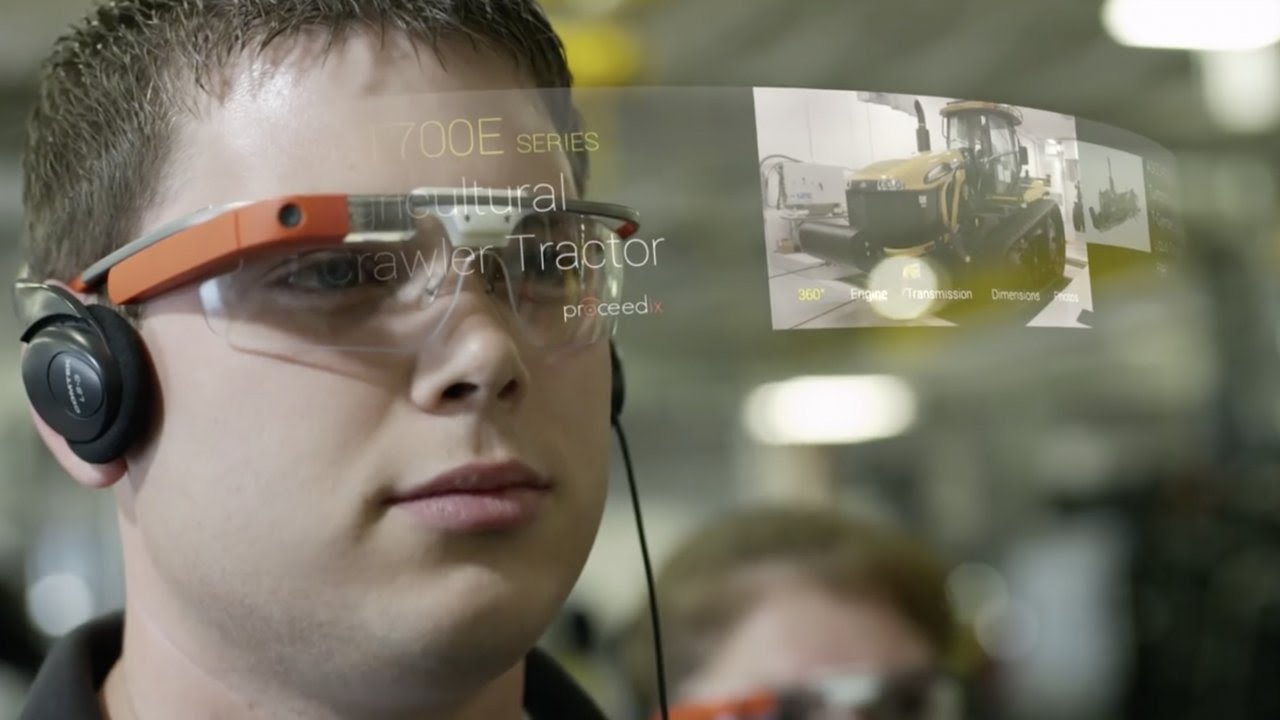Augmented Reality has already gotten into our life in the forms of simulated experiment and education app, but Google is taking it several steps higher with Google Glass. Theoretically, with Google Glass, you are able to view social media feeds, text, Google Maps, as well as navigate with GPS and take photos. You will also get the latest updates while you are on the ground.
It’s truly what we called vision, and it’s absolutely possible given the fact that Google’s co-founder, Sergey Brin has demoed the glass with skydivers and creatives. Currently, the device is only available to some developers with the price tag of $1500, but expect other tech companies trying it out and building an affordable consumer version.
Features:
Touchpad: A touchpad is located on the side of Google Glass, allowing users to control the device by swiping through a timeline-like interface displayed on the screen. Sliding backward shows current events, such as weather, and sliding forward shows past events, such as phone calls, photos, circle updates, etc.
Camera: Google Glass has the ability to take 5 Mp photos and record 720p HD video.
Display: The Explorer version of Google Glass uses a liquid crystal on silicon (LCoS)(based on an LCoS chip from Himax), field-sequential color system, LED illuminated display.
The display’s LED illumination is first P-polarized and then shines through the in-coupling polarizing beam splitter (PBS) to the LCoS panel. The panel reflects the light and alters it to S-polarization at active pixel sensor sites. The in-coupling PBS then reflects the S-polarized areas of light at 45° through the out-coupling beam splitter to a collimating reflector at the other end. Finally, the out-coupling beam splitter (which is a partially reflecting mirror, not a polarizing beam splitter) reflects the collimated light another 45° and into the wearer’s eye.

- 3008, 3rd Floor, The Palladium Mall, Yogi Chowk, Surat - 395006
- +91 84016 11957
- info@deskcodesolution.com
Services
Get In Touch
Enter your email and we’ll send you more information.

